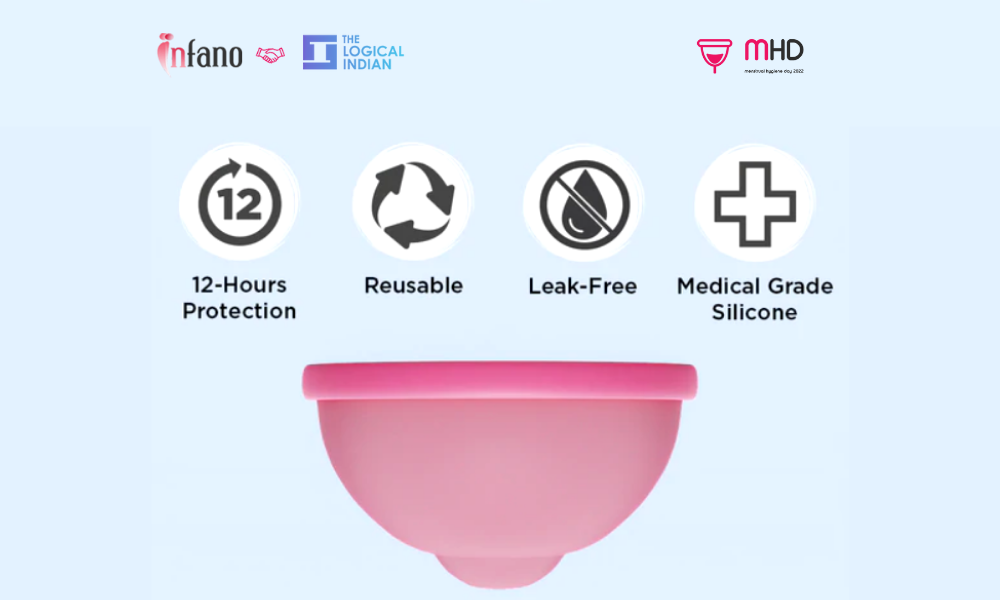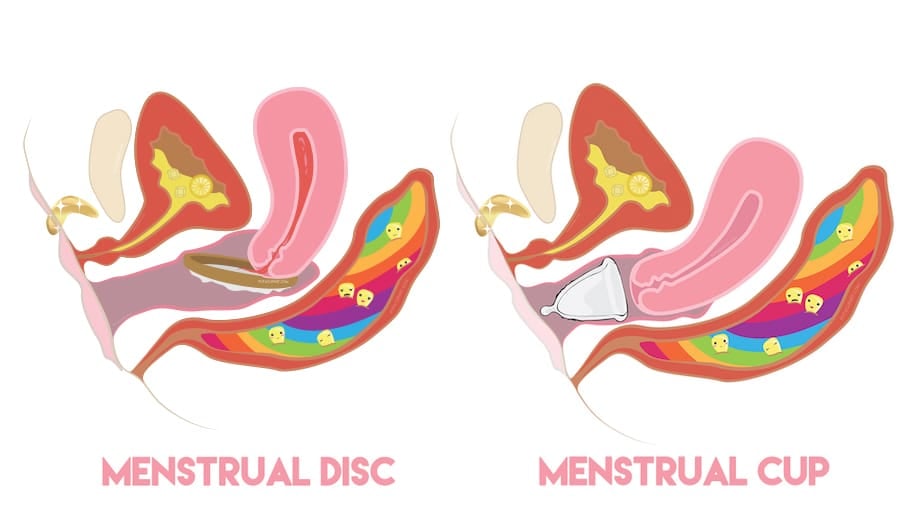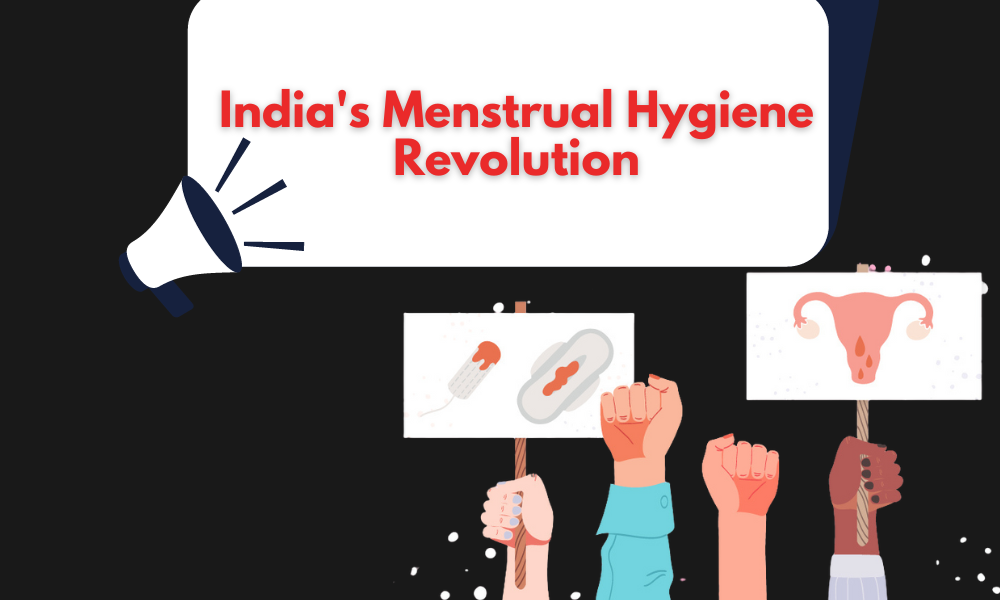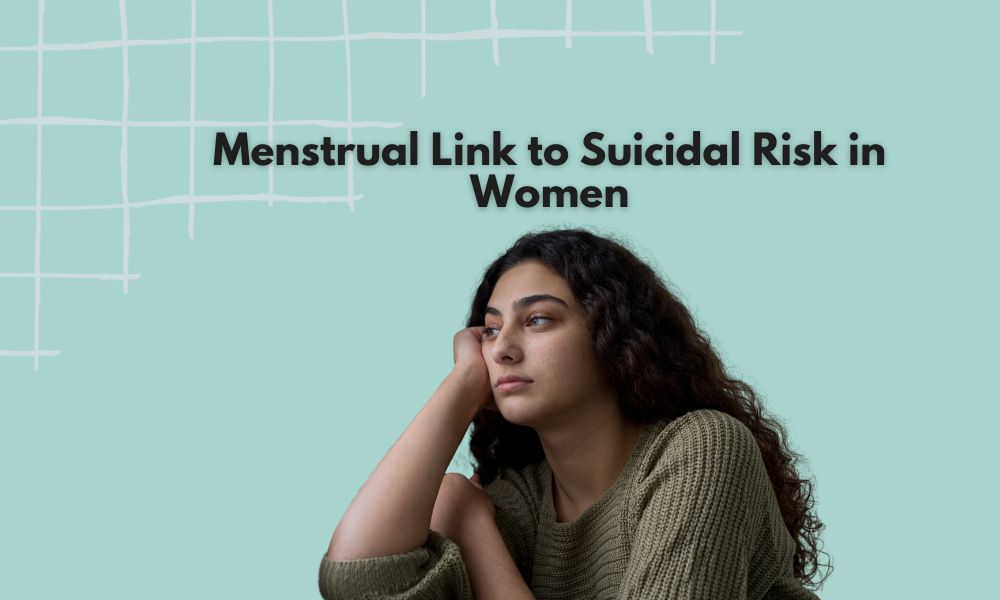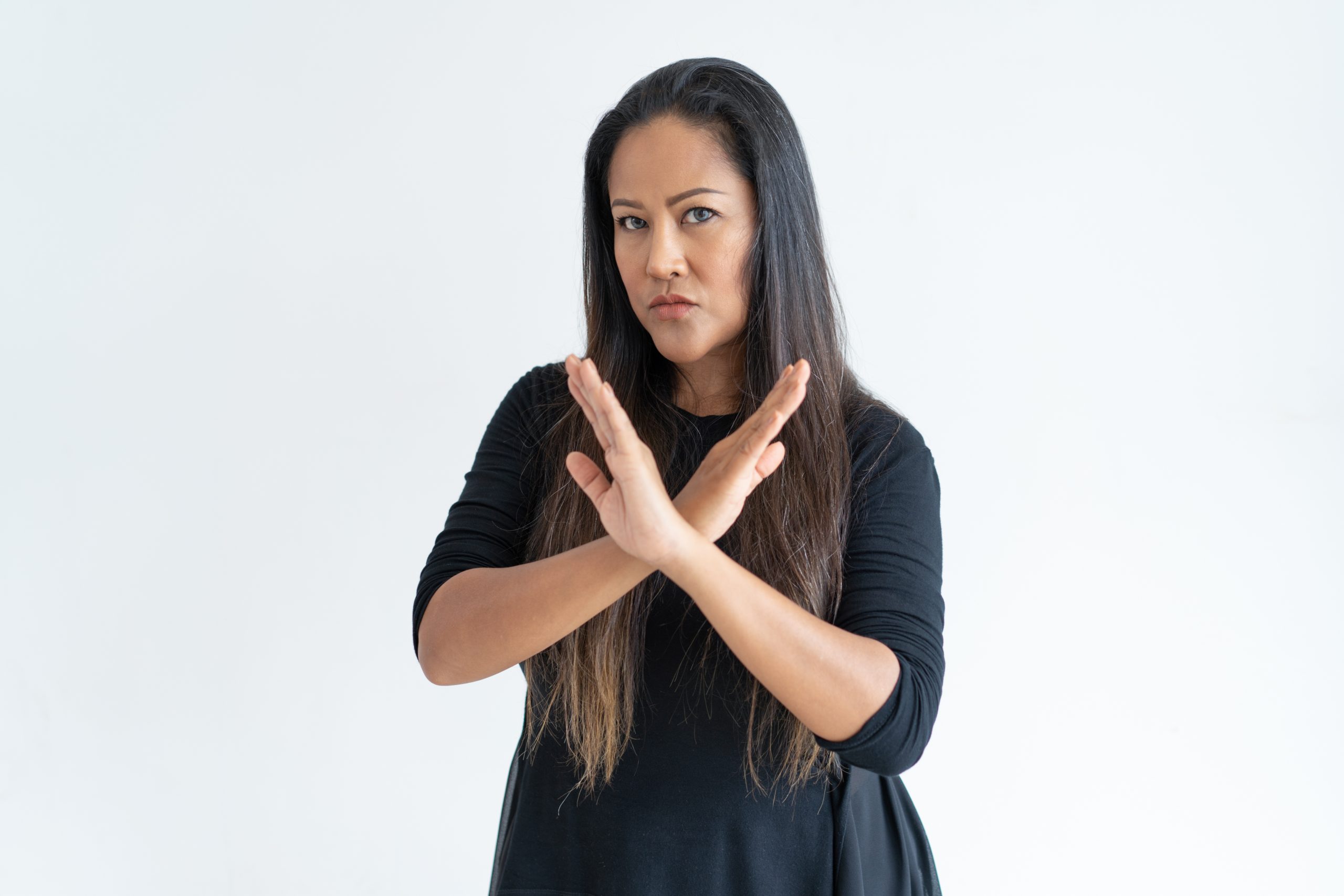With the market streaming with counter alternatives for menstrual products, Menstrual Discs are the new player to rock the town. This innovative product come with its own set of superpowers, like mess-free Period Sex.
What is a Menstrual Disc?
A menstrual disc is an insertable alternative period product that goes into the vaginal cavity and sits at the base of the cervix. It is made from 100% Medical Grade Silicone and provides up to 12 hours of protection. The best part about this product is that it allows the wearer to have mess-free sex on period because it sits at the base of the cervix and doesn’t take up much space in the vaginal canal. It also helps minimise cramps.
How to use it?
Getting the disc in and out there comfortably might require some practice, but once it’s inside, you won’t feel it at all.
Step on how to insert it:
- Wash your hands as it’s going in the most delicate area.
- Get into a comfortable position that works for you, be it standing with one leg up or sitting over the toilet or squatting.
- Squeeze the disc’s sides together, making it the size of a tampon.
- Insert the pinched disc into the vaginal opening, pointing down and back.
- Make sure to push the disc past the pubic bone so the rim tucks in just above the bone and covers the cervix.
- Bleed on! You have inserted it in.
Steps on how to remove it:
- Sit on the toilet as you don’t want it to be anywhere but on the toilet in case the content spills out.
- Reach into the vagina with your index finger, hook or pinch the rim and pull it straight out.
- If you’re finding it difficult to reach the disc, bear down with your pelvic muscles. This will untuck the rim from behind the pubic bone.
- Empty the content into the toilet, wrap it and throw it in the trash.
When we talk about removal, menstrual discs tend to be a bit messier than cups. When pulling it out, you just need to keep it as level as possible so that you don’t spill the contents.
The posture and strain from sitting down to urinating can cause shifting of the disc and emptying its contents into the toilet. You may feel that the disc is leaking, but it’s not. Once you’re done it usually pops back into place or you can push the disc back up with your index finger.
How is it different from a menstrual cup?
- Menstrual discs and menstrual cups are very similar as they collect blood by inserting them into the vagina.
- Menstrual cups offer easier insertion and removal than discs when you are new to reusable products.
- Menstrual cups offer less wear time than discs as they have a higher holding capacity which offers a longer wear time with a heavy period.
- The menstrual cup comes with a stem at its bottom for easy insertion and removal but the disc needs to be pushed in using the index finger to insert and pinched by the base to remove.
How long can it be worn?
Menstrual discs can be worn for up to 12 hours, but you might need to change them more often depending on the flow.
Can they handle heavy flow?
Menstrual discs have a higher holding capacity and can handle a heavy flow. You might need to change them more often throughout the day. The amount of blood lost during an entire period cycle is around 4 to 12 teaspoons and they can hold around 5 to 6 teaspoons of content.
Sex while wearing it?
Menstrual discs are an ideal option for period sex because they don’t take up any real estate in your vaginal canal. Just like a diaphragm, they sit at the base of the cervix, so you and your partner won’t feel it as long as it’s inserted properly. It’s said an energetic or deep sex session might cause it to shift. Some people do report having experienced leakage or feeling the disc while having sex. The best way is to take it for a drive to know how it’ll hold up during sex.
Do they reduce cramping?
The menstrual disc seems to reduce some pain related to periods, but not cramps specifically. Plenty of users report experiencing less pain when using menstrual discs.
Are they reusable?
There are both disposable and reusable products available in the market. Companies are on a mission to reduce period waste while empowering menstruators. This means, creating a product that is sustainable and comfortable and will last for a long time.
Risks of using a menstrual disc?
If you’ve never used alternative period products, you might worry about the risk associated with menstrual discs.
- Leakage – When your disc is out of position or if you haven’t emptied it when full, leaks can happen.
- Pain – Experiencing pain while using a menstrual disc means it’s in the wrong position. Try to reposition it. If you are a beginner, you might also experience painful insertions and removal because you are nervous while contracting your pelvic muscles. Try different positions or use a water-based lubricant with a disc during the first few menstruations. This will help create a more pleasant experience without interfering with the placement or with suction.
- Allergies – Most discs use body-safe materials that are free from any plastic, bleach or latex. Always read the manufacturing label to know about the potential allergic reactions to the material used or consult your healthcare provider.
- Infections – Always practise good hygiene to prevent infections. Researchers report that discs don’t affect the natural vaginal flora. However, the menstrual disc can also put people at the risk of Urinary Tract infections because they have the same placement as diaphragms.
- Toxic Shock Syndrome – A few people have reported TSS with the use of menstrual disc, but there is no direct correlation between the two. The risk is very low when using a disc.
The final verdict!
Today menstruators are lucky to live in a world with so many options for period products. From menstrual discs to period-proof undies, period products just seem to get better and better. In India every year, about 113,00 tonnes or 12.3 billion of used sanitary pads are dumped which adds to already existing plastic pollution in the country. The improper disposal methods pose the risk of infectious diseases among the waste workers.
To overcome this problem, look for something comfortable, athlete-friendly, and sustainable, which allows for penetrative sex and can handle heavy flows. Consider giving a try to menstrual discs. Be brave and smart enough to make a change towards a more cost-effective and eco-friendly period today.
This #MenstrualHygieneDay, #Infano along with #TheLogicalIndian, is addressing nuanced conversations on period centering on the well being of the menstruators as they power through every day. Share your experience with menstrual discs in the comments because your story can trigger an important aspect that we all need to know and talk about! #IPeriodMyWay #MHD2022
The information provided in the article, while collated with utmost care and caution, does not amount to any medical diagnosis. The Logical Indian and Infano team urge people to reach out to their medical practitioner in case of any query that they may have.


